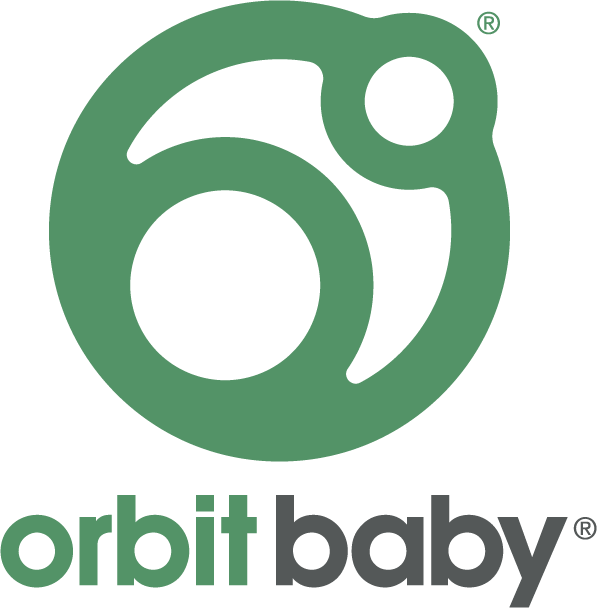When Is My Baby Too Big for an Infant Car Seat? Key Signs & Tips

Key Takeaways
-
Infant car seats are often the first car seats parents use for their portability.
-
Your baby will likely outgrow their infant car seat by height rather than weight first.
-
Even if your baby is below the maximum height or weight, he or she might indicate they’re ready for a convertible seat.
-
As long as your baby meets the minimum requirements for the convertible car seat, it’s safe to move them.
An infant car seat is also the first car seat parents choose to use. These portable seats make it easy to move your baby from the car to a stroller or inside without having to unbuckle—or wake—them.
Of course, babies grow quickly in the first year of life which means your infant car seat has a pretty brief lifespan.
But just how brief are we talking? How do you know when your baby is ready to move to a convertible car seat? Read on to learn more.
All infant car seats (and all car seats, for that matter) have height and weight maximums. It will vary from brand to brand, but most infant car seats can accommodate babies up to around 32 inches long and somewhere in the 30-40 lbs range.
It’s also important to note that there needs to be at least one inch of space between the top of your baby’s head and the top of the car seat.
Depending on your baby’s proportions—say, if they have a long torso and shorter legs—they could reach this one inch max even while staying under the traditional 32 inch height limit.
Signs Your Baby Has Outgrown the Infant Car Seat
In addition to measurable indicators like their height and weight, there are some other, less tangible, signs that your baby is outgrowing their infant car seat.
The Infant Car Seat is More Cumbersome than Convenient
The whole point of the infant car seat is its convenience. But when the combined weight of your baby and the seat becomes burdensome, you may find yourself buckling them in and out of the seat to save your back. When that happens, it might be time to look at a convertible car seat.
They Become Bored or Fussy in the Car
Infant car seats have a pretty deep recline, which is great for small babies who take frequent naps.
As your baby gets older and their wake time increases, they may get frustrated by the limited view their infant car seat offers. A convertible car seat typically sits up straighter, offering them a better view of the world around them.
They Approach the Height or Weight Limit
Infant car seats can only be safely used when your baby is under certain height and weight thresholds that vary by seat.
Be familiar with what your brand’s guidelines are and keep them in mind as you mark your child’s growth.
There’s Less than One Inch Between the Top of Their Head and the Top of the Seat
Babies ride rear facing because it protects their vulnerable neck and skull. For this reason, there needs to be at least one inch of space between the top of their heads and the top of the car seat.
A longer torso can mean a baby meets this milestone even while staying under 32 total inches in length, so pay attention to how your baby fits in their seat and be prepared to adapt accordingly.
Steps for a Secure Transition to Convertible Car Seat
Upgrading to a convertible car seat is a big transition. There are a few factors you’ll want to keep in mind to keep the transition as seamless and secure as possible.
Remember The Seat Must Still Be Rear-Facing
Safety experts agree that children should ride rear-facing for as long as possible, but for at least the first two years.
This means that even though a convertible car seat can face forward or backward, you’ll want to be sure and install it rear-facing.
Make Sure Your Child Meets Your Chosen Seat’s Minimums
Some convertible car seats can be used from birth, while others are only for children who can sit independently (which varies by age but usually means around 6-8 months).
Make sure the seat you choose will work for your child.
Consider Install and Fit
Convertible car seats are bigger and bulkier, so you’ll want to make sure you choose a seat the fits well into your vehicle.
Understand which install method you’ll be using (LATCH or seatbelt) and make sure you know how to install your new seat safely.
Prepare for Growing Pains
Some babies love the better view they have of their surroundings in a convertible car seat, while others miss the coziness of an infant car seat.
Be prepared to smooth the transition by avoiding overly long trips in the car until your baby has adjusted to their new car seat.
Moving to the Next Stage After an Infant Car Seat
The first couple of years of your child’s life are marked by endless transitions. “Everything is a phase” is a mantra for a reason, and this holds true for car seats as well.
When it’s time for the infant car seat phase to come to a close, a little preparation will have you prepared confidently to switch to a convertible car seat for your little one.








